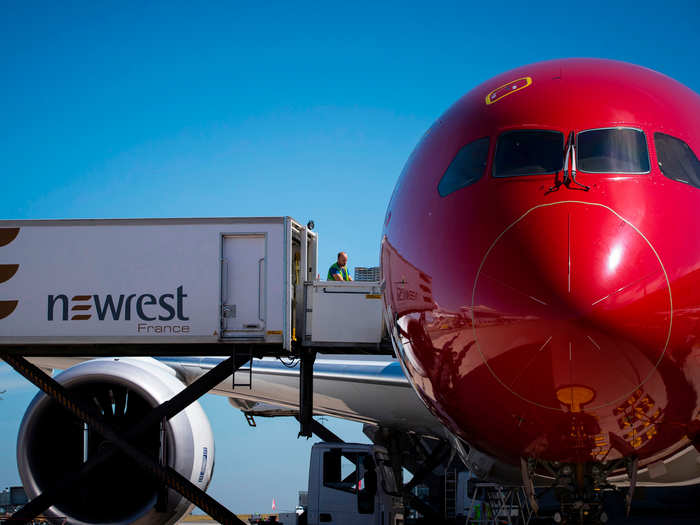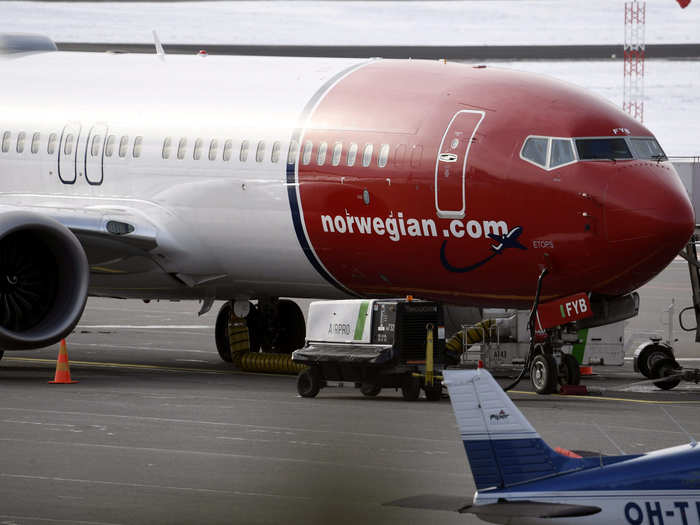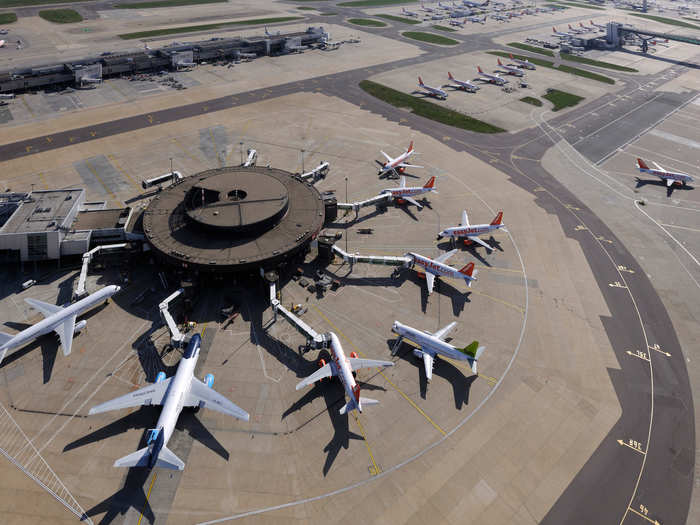The first hiccup for the red-nose airline occurred when it was forced to ground its Boeing 787 Dreamliner fleet, the backbone of its transatlantic strategy, due to battery and wiring issues with the next-generation aircraft.
The Dreamliner, though offering Norwegian increased efficiency that enabled it to increase margins despite offering low fares, would continue to haunt the airline as the Rolls-Royce Trent 1000 engines powering the aircraft would experience issues as well.
The result has been Norwegian being forced to ground its 787s for extended periods to resolve the engine issues and wet-lease older, inefficient aircraft from other airlines instead. Aging aircraft such as the Airbus A340 and Boeing 747 were frequently used and detrimentally impacted Norwegian's image to its passengers.
The latest hiccup came following the worldwide grounding of the Boeing 737 Max aircraft, for which Norwegian had high hopes to use for a fleet renewal and further transatlantic expansion.
The next-generation narrow-bodies were deployed on long, thin routes to secondary cities on both sides of the Atlantic under the brand Norwegian Air International.
Once the Max aircraft were grounded, the entire network was soon shuttered and Norwegian's plans to replace its intra-European fleet with the aircraft were put on hold indefinitely.
Despite the hiccups, Norwegian has been steadily expanding across the United States including to secondary markets such as Denver, Austin, and Seattle, but the airline may have spread itself too thin and the current downturn may see the demise of the airline.
Norwegian has one saving grace, according to Harteveldt, and that is its base at London's Gatwick Airport, currently unrestricted by the US government.
From London, Norwegian can continue operating flights to any US city and may experience an uptick in bookings as US citizens flock to return home amid the uncertainty of future travel restrictions and border closures. The airline stated it intends to route passengers through the London hub as much as possible.
Whether that one base is enough to keep the airline afloat remains to be seen.
The airline will also be temporarily laying off 50% of its staff across all departments in order to preserve cash flow and try to stay in the fight a little bit longer.



